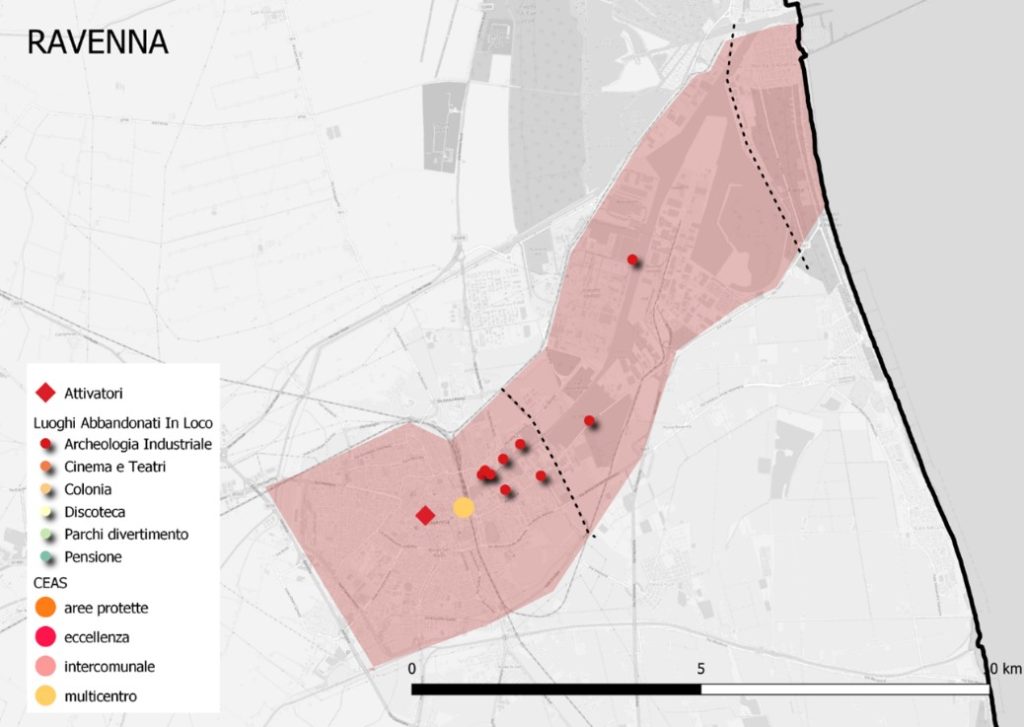Working Group 2: Rural Change and Foodscapes
with Prof. Meryem Atik, Dr. Roxana Triboi, Giovanni Barbotti
One of the most productive landscapes of Italy is the territory represented by Emilia Romagna. In this region the Via Emilia forms an important infrastructure. Since Roman times the area was developed as a productive area.
This coastal area with its hinterland can be seen as a spatial system that connects cultural landscapes and food systems. However, the current production system produces mainly for the national and global market and has hardly any connection with the region and local communities.
The future Common Agriculture Policy aims among other things to ensure a fair income to farmers, to rebalance the power in the food chain, to act upon climate change action, to preserve landscapes and biodiversity, and to support vibrant rural areas.
Multifunctional local and regional foodscapes can contribute to the integration of traditional and recreational agricultural areas. Agriculture may have an important contribution for accessibility and security of food. It can also favour local economy and strengthen the identity of the tourism complex. For local inhabitants it can foster social cohesion.
What are foodscapes?
Foodscapes are understood as all those areas that contribute to food production such as arable land and farms, orchards, allotments, and vegetable gardens in combination with the social capital they build. Food and its production may help us connect and find shared interests across cultures. Food production could be re-envisioned as a partnership between consumer associations, foundations guiding the overall goals and corporate partnership of farmers. This would provide opportunities for jobs for disadvantaged groups like migrants and refugees. The connection between people and food should be strengthened to attract children to spend time outdoors, rather than in front of a computer screen. The landscape should give people the opportunity to grow their own food for their physical and mental well-being. Multifunctional, inclusive, and organic farms can help to protect and develop green corridors consisting of nature reserves, nature development zones and landscape development areas. Therefore foodscapes should be well connected to the networks of recreation and nature protection to trigger mutual benefits.

In the region there is an increase of organic farming and integrated production aimed to have a low environmental impact: use of water, energy, promoting circular economy.
The policies of the Regione Emilia Romagna aim for an increase of organic and integrated production and strengthening the regional food systems.
Main questions we will raise during the landscape forum:
- Who are the main stakeholders in the regional food system?
- How are the food production areas linked to the coastal urbanised areas and its permanent or temporary consumers?
- What are the main challenges for developing a sustainable food system in the area that considers policies for climate change, sustainable tourism, and inclusion?
- Which spatial strategies can help to develop the food system in a sustainable way?
Study and planning area
This working group will focus on the transect of Cesenatico and its connections to the inland production areas.
Planned results
- A concept for the development of sustainable foods system and their contribution to landscape quality and the Emilia Romagna foodscapes, with an example for Cesenatico
- A vision and strategy of how the food system can be developed to support sustainable development of the area.
- A set of objectives that can be used for guidance of spatial development.
Tangible outputs during the Forum - Contribution to the Outcome statement of the Forum
- A PowerPoint presentation for the final meeting
- 4 pages of text for the Forum publication on the results of this thematic group.
